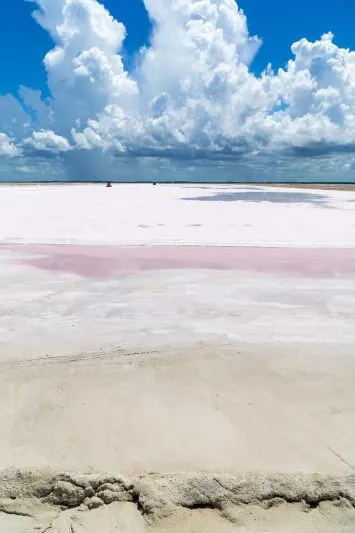Planning a trip abroad often comes with the realization that travel documentation, such as passports or visas, must be up to date. If you need an ID photo for your visa application, finding a reliable photoshop can be challenging.
You might encounter inconvenient hours or untrustworthy equipment, which can add stress to your travel preparations. Furthermore, if you’re applying for a visa online, specific photo formats may be required, making it essential to find a solution that meets all requirements without unnecessary hassle.
Fortunately, you can take your ID photos at home and edit them digitally if needed. Below, we’ll mention some key points you should consider when doing so.

Key Recommendations for Editing Document Photos
1. Change Your Attire
When preparing to take a travel document photo at home, the first step is to focus on your attire. Opt for clothing that contrasts well with your background while adhering to any specific dress codes mandated for such pictures. Generally, solid colors work best, as they do not distract from your face. Do you think that your outfit doesn’t meet the formal criteria for a travel document, but you have no other?
Instead of buying a formal suit and wasting a considerable sum on it, change your attire digitally. In programs like Passport Photo Maker, you can easily drag a new outfit onto your image. For those wanting more details, there is a guide on how to change clothes in an ID picture.
2. Select an Appropriate Background
The background plays a crucial role in the quality of your travel document photo. Choose a plain, light-colored wall or backdrop that is free from clutter and distractions. Ensure the lighting is even to prevent shadows that can alter the perception of the image.
A backdrop that contrasts with your attire will help your features stand out clearly. If you live in an area with good natural light, consider setting up near a window, but be mindful of direct sunlight, which can create harsh shadows. If, however, something doesn’t go as planned, you can change the background by using a photo editor — usually, it is easier than you imagine.

3. Follow the National Standards for Your Travel Photos
Once you’ve captured your travel document photo, the next step is to resize and align it to meet specific requirements. Most government agencies have precise dimensions for travel document photos, often specified in millimeters or inches. Use photo editing software to crop your image appropriately, ensuring that your face is positioned correctly within the frame.
The alignment should show your head and shoulders, allowing for some space above your head while following the required sizing specifications. Maintaining proper proportions is essential to avoid rejection of your application.
Luckily, some programs can do this job automatically or semi-automatically! In the screenshot above, you can see how Passport Photo Maker handles a document photo.
The program has rotated the picture to line up the eyes and also cropped it to meet specific requirements for a visa to Thailand. A further step would be to replace the casual bomber jacket with a formal suit and change the background color from blue to white at the “Edit” step. This, too, can be done easily.
4. Make Subtle Facial Adjustments
Minor adjustments to your facial features can enhance the overall quality of your travel document photo. Use photo editing software to make subtle changes like adjusting brightness, contrast, and sharpness.
Avoid excessive alterations, as travel document images are meant to be realistic and recognizable images of yourself, not your avatars on social media. Some programs for creating passport photos also provide additional editing options, such as red-eye removal.

5. Select the Right File Formats
When saving your travel document photo, consider the file format that best suits your needs. JPEG is typically the preferred format due to its balance between quality and file size, making it easy to upload and share. However, some applications may require PNGs for higher quality or transparency.
Always check the submission guidelines to ensure you choose a format that meets specific requirements. Keep copies of your photos in various formats; this makes it easier to edit or submit later. Diversifying your file formats can also safeguard against potential issues during the application process.
6. Batch Your Photos on One Sheet
If you’re taking multiple travel document photos, consider batching them on one sheet for convenience and efficiency. Many organizations allow you to submit several identical photos on a single page, which can save time and resources. Use photo editing software to arrange the images neatly on one sheet, ensuring each photo maintains the required dimensions.
This approach not only helps minimize waste but also ensures you have backups in case one of the submitted photos is rejected. Be sure to print the sheet on high-quality paper for clarity and compliance with submission standards.

Conclusion
Taking travel document photos at home can be a straightforward and stress-free process if you follow the right steps. By carefully selecting your attire, and background, and adhering to national standards, you can create a professional-looking photo that meets all official requirements.
With our recommendations in mind, you can easily prepare your travel documents and be ready for your trip without the hassle of going to a photo studio. Safe travels!

